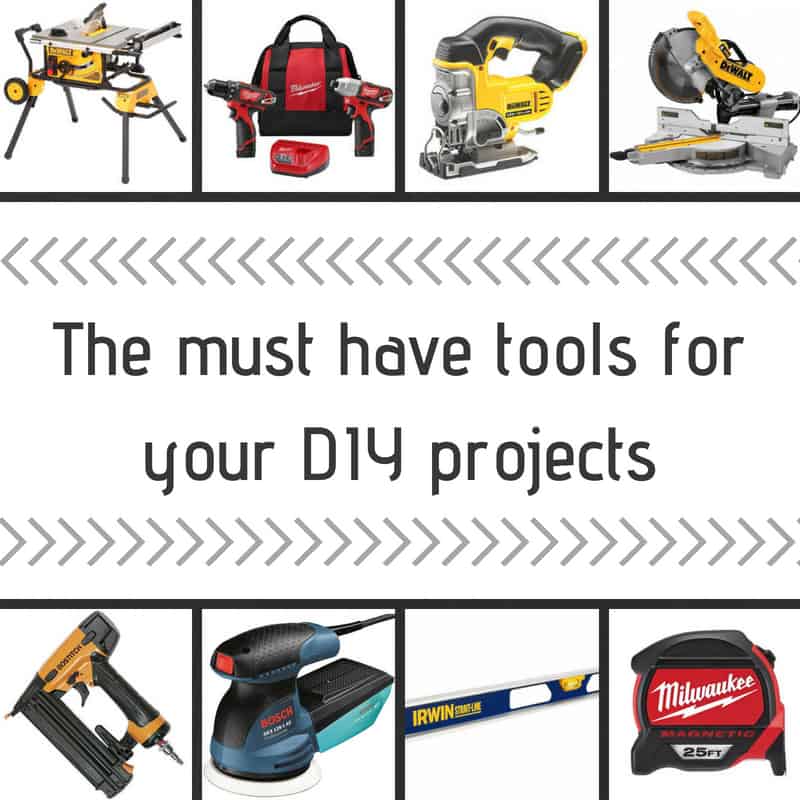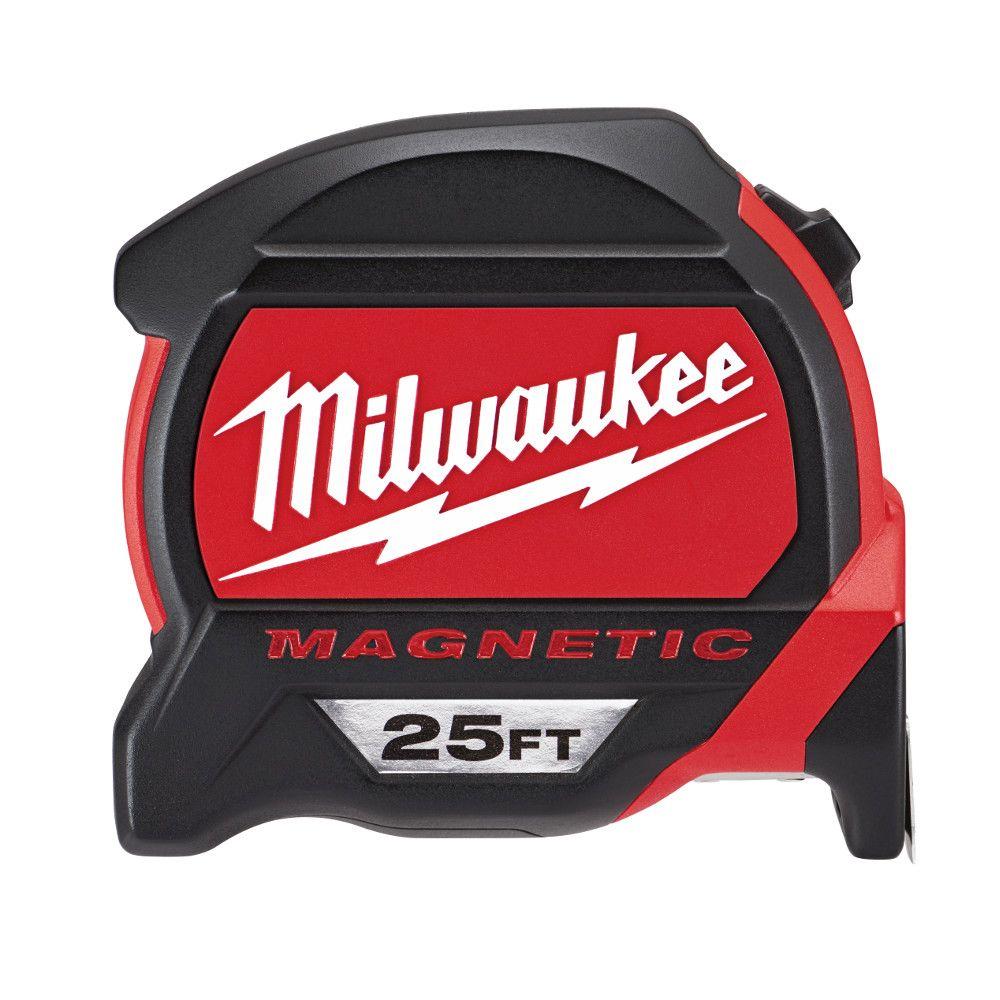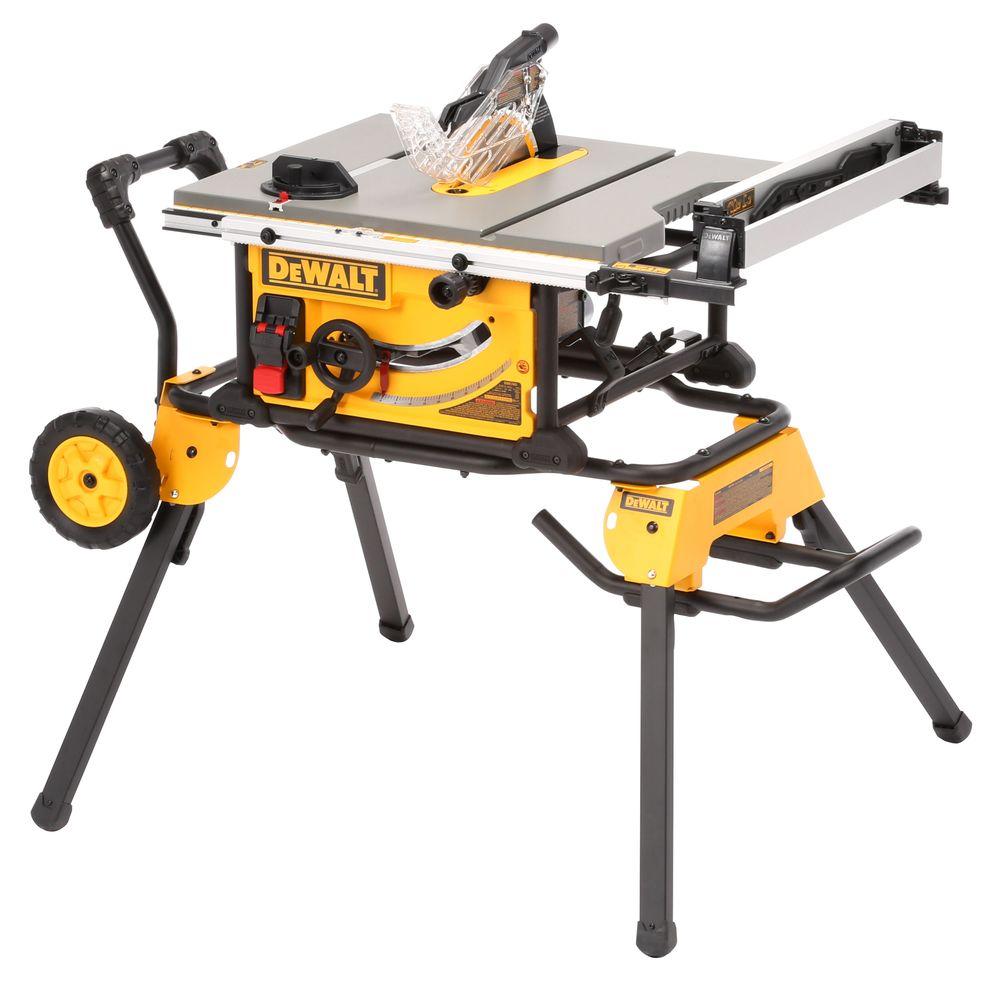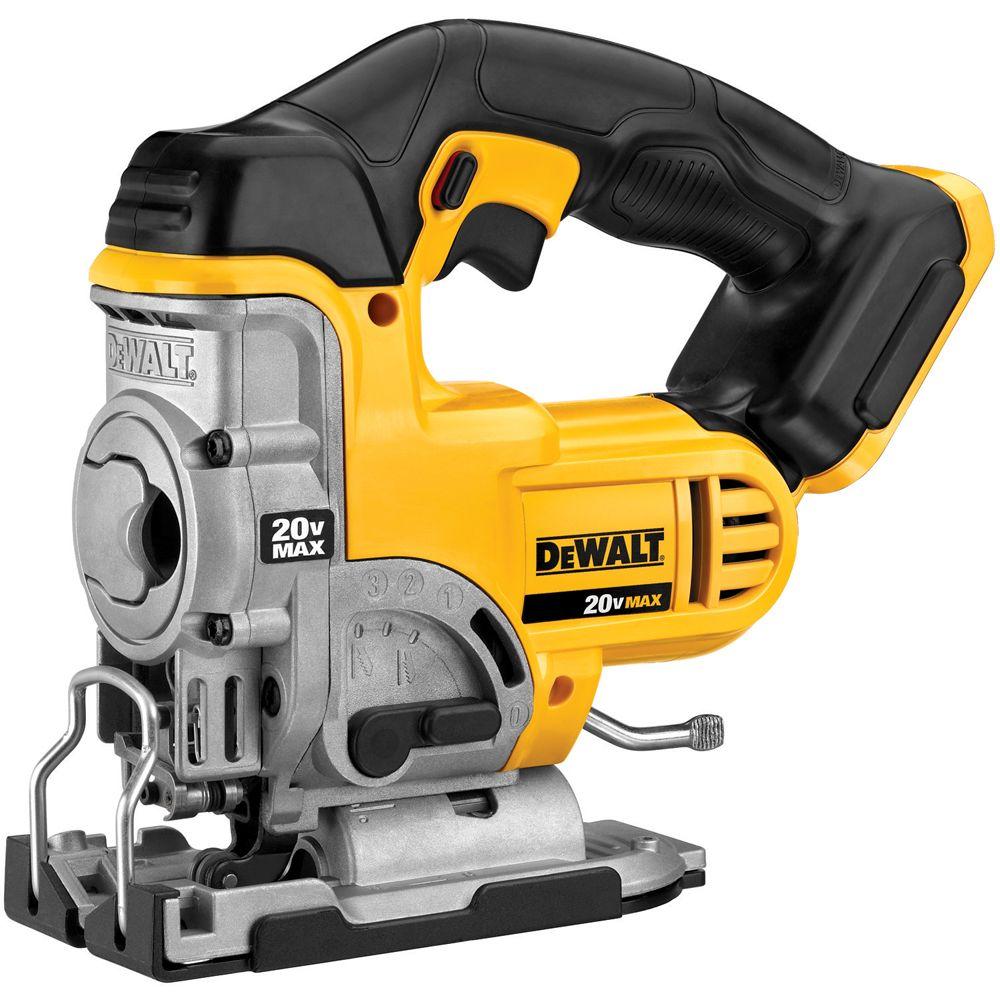I am always asked, “What are the must have DIY tools?” There really is no simple answer to this basic question. It really depends on the size of DIY projects you intend to tackle, as well as your skill level. Whether you are a skilled contractor, seasoned do-it-yourself-er, or the occasional hobbyist, you need a variety of tools to get the job done.
Below I go through what I consider to be the best DIY tools for each skill level. Before I begin, we need to have a quick discussion about quality tools. There will always be poor, good, and great quality tools, and only you can decide on which is right for you and how much you are willing to spend. Personally, I believe tools should always come from a reputable manufacturer- one with a history of making great products.
With that being said- this is in no way a sponsored post. At the end of the day, use whatever tools you want or have, just get your hands working!
Brushless vs brushed motors
Okay the last thing before we begin…When it comes to the motor on power tools, there are many choices available today. However, they are almost all grouped into 1 of 2 categories: brushed vs. brushless. For the sake of this article brushed motors use brushes inside to deliver current to the motor windings through commutator contacts. Brushless motors have none of these current carrying commutators. Instead, an amplifier triggered by a commutating device, such as an optical encoder is used to switch the field inside.
Clear as mud!? Simplified this means brushed motors cost less but are less efficient and carry a shorter lifespan due to the brushes. While, brushless motors cost more upfront, but are more efficient and typically have a longer lifespan. For 99% of people, this will not matter. If you want to spend the extra bucks, go for it, but don’t feel you are getting any lesser of a tool if you buy a conventional brushed motor.
Okay okay, I am finally done. Let’s talk about the tools!
DIY tools for the beginner
For those of you just starting out, these are the DIY tools I suggest you invest in first.
Cordless drill
The first must-have DIY tool goes without saying. I use my drills more than any other tool, and more specifically I am almost always holding a Dewalt. I have had my Dewalt drills for years without any problems. In addition, the batteries can be used across their entire product line.
Here is where it can get confusing- there are multiple different types of power drills available. The standard Diver drill (far left in the picture above) is the most common drill. I use this type of drill most often when I need to bore a hole through material. Next is the Impact drill (middle of above picture), which accepts hex-shaped driver bits and is used almost exclusively for driving screws. My suggestion to DIY beginners is to purchase a combo kit like the Dewalt above. It is only slightly more expensive than a single drill, yet well worth the investment.
On occasion I will also use a smaller power drill made by Milwaukee . This is a 12-volt drill (the Dewalt is an 18-volt) that is great for tight spaces or smaller more delicate work.
The 12-volt market is just started to grow and at the present time, no one beats Milwaukee.
Tape measure
Tape measures are like pencils, you can never have too many (they also seem to go missing right when you need them). This tool is as obvious as the last. It is next to impossible to complete most DIY projects without a tape measure. I love my Milwaukee magnetic tape measures. To be more specific, I LOOOVE the fact they have inch measurements on both sides of the tape (no centimeters). Honestly, does anyone use centimeters when woodworking or building?!
Circular saw
The circular saw is one of the most versatile saws ever created. I use my circular saw for everything from framing, quick rough cuts, to precise cut-off work when decking. Once again, I prefer Dewalt’s 20V cordless circular saw. This is also one of the saws I highly recommend buying cordless. It will only take one day or dragging a long extension cord around before you bite the bullet and go cordless.
By the way, if you are looking to pick up some basic tools in one fellow swoop and save some dough along the way, then I highly suggest you check out the Dewalt 20V 9-Tool combo kit, which includes driver/impact drill, circular saw, reciprocating saw, oscillating tool, angle grinder, worlight, right angle drill, and bluetooth speaker.
Level

Are you planning on putting up a new shelf? Maybe hanging a few pictures in a row? If so, you are going to need a good level. There are so many options available, I typically tell people to work with whichever they can get their hands on. Personally, I always have an assortment of levels ranging from 12″ torpedo levels, to 78″ beam levels. In any case, it is best to have a short one (24-26″) and a longer one (60-78″) in your arsenal. Some good brands include: Irwin, Stanley, Stabila, and Dewalt (Fat Max).
Orbital Sander
Next up we have the orbital sander. If you are working with any sort of wood (I’m guessing you are), then at some point you are going to want an electric sander. Just like drills, there are many different types of electric sanders, but for the beginner DIYer, the orbital sander is one of the must have DIY tools. The best part about this tool is it is quite inexpensive, especially one like my preferred Bosch. For this particular sander (and most orbitals) all you need to do is purchase 5″ round sanding disks. The best part is you can buy inexpensive universal sand paper that will fit any type of orbital sander. Do yourself a favor and pick up an assorted set like these Coceca’s.
DIY tools for the Intermediate renovator
Miter Saw
The mighty miter saw. Although intimidating at first glance, this will soon become one of your favorite DIY tools. I place this in the intermediate category because it is seldom needed for basic DIY projects. The miter saw becomes an essential tool when perfect angle or bevel cuts are needed, such as in trim work. I use a Dewalt DWS780 double bevel sliding compound miter saw. It is able to cut up to 2×16″ dimensional lumber at 90 degrees. This is larger (and more expensive) than what the average the DIYer needs, but it does have several smaller siblings to choose from including the DW717, a 10″ version of the one above.
Brad (or Finish) Nailer
Nail guns fall under more of a specialty DIY tool as each type serves a very specific purpose. For the weekend warrior, an 18G Brad nailer will cover the vast majority of their projects. Sturdy enough to install trim work or build a bookshelf , they are a handy (and time saving) tool to own. I purchased my Bostitch 18G brad nailer years ago and still use it regularly today. It may not be the most expensive tool, but it is built to last. Nowadays there are many battery operated nailers available, saving the need for moving around an air tank/hose.
It is a tough place to draw a line between a weekend warrior and a knowledgeable home renovator, however I am going to arbitrarily draw it here. You do not need to be a certain skill level to own any of these must have DIY tools, you must simply know how to use them safely. I am drawing the line here because the must have DIY tools listed below are often owned by experienced DIYers.
Must have DIY tools for Advanced renovators
Reciprocating saw
Reciprocating saws are not necessarily a must have DIY tool for experiences renovators. However, I have placed it in this category because in inexperienced hands they can become a very dangerous tool. Reciprocating saws are most often used during demolition and when paired with the appropriate blade, they can cut through almost anything. This Dewalt can be purchased by itself, or in the kit I mentioned above.
Table saw
Table saws are designed for ripping or cross-cutting large pieces of wood. They are the most dangerous type of saw and you should use caution when operating one. To be honest, I used to use my table saw far more than I do now. Now I use it solely for repetitive cuts in order to save time. Unlike with other saws, you can lock in a fence (a guide for the wood) on the table top and rip (cut) the same width of board over and over. As a contractor, I own a Dewalt 10-inch jobsite table saw, however, I would consider this to be overkill for 99% of people. Instead, I recommend the smaller Dewalt DW745 for the weekend warrior. I should mention, the only downside to this saw is it’s inability to accept Dado blades.
Jigsaw saw
The jigsaw is the last tool I would like to discuss in detail. I largely consider this a more specialty type of saw. Jigsaws are used for cutting curves in wood or metal. It’s not that this tool is not only meant for professionals, I just don’t consider it a must have DIY tool. Purchase your jigsaw when you can’t complete a project without owning one. I have an older corded Dewalt jigsaw (actually I have 2…), however, if I was to purchase a new one today, I would go with the Dewalt cordless option.
Final remarks
At this point you are probably thinking I am a Dewalt fanboy or something along those lines. While this may be somewhat true for the tools I have discussed here, I do own tools from a variety of companies. Some other reputable companies include Bosch, Rigid, Makita, and Milwaukee. I truly believe you should select the manufacturer which makes the best tool for you- it may be a $100, $200, or $300 dollar drill, or it might even be the IKEA fixa drill. My goal is to help point you in the right direction, especially if you are just beginning your must have DIY tool collection.
This was by no means an extensive list of every tool needed to start tackling DIY projects. Instead it highlights the major tools I use every day to get my projects done.












No Comments